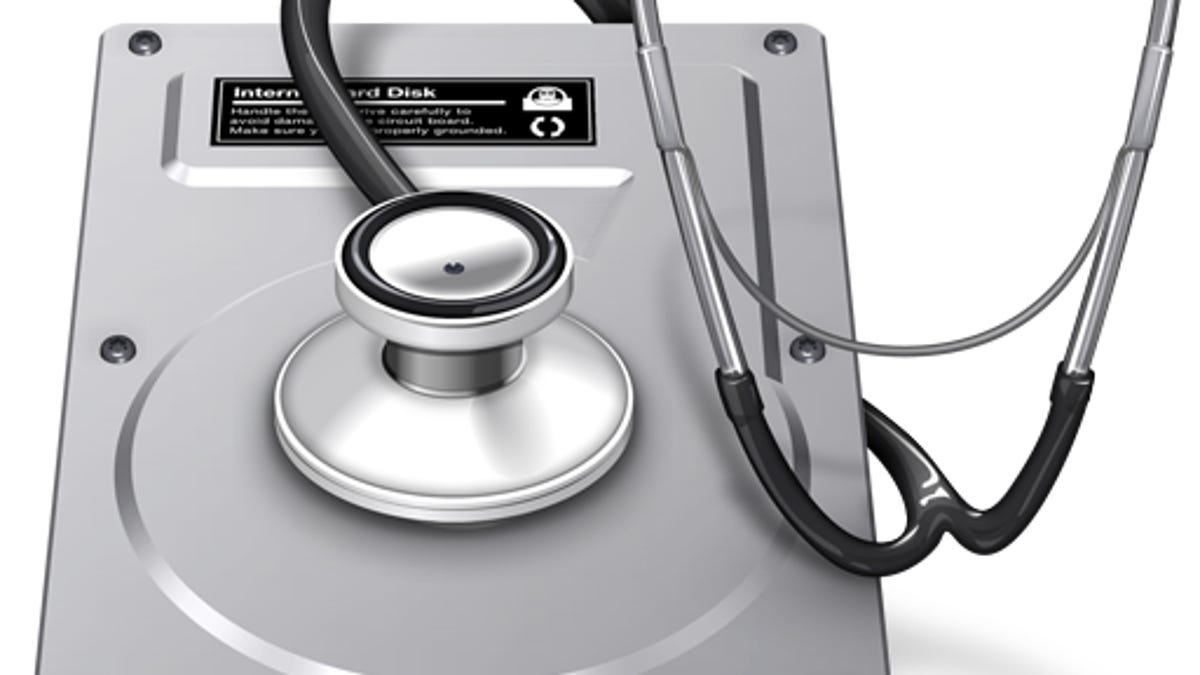Disk Utility may combine custom drive setups on some Macs
The use of automatic repair routines on newer Mac Minis and iMacs may combine two separate drives into a Fusion drive. Fortunately, there's a way to get around that.

Apple's Disk Utility program is the built-in drive and volume management tool for OS X that is included not just in the working OS X installation but also in the OS X installation and recovery volumes for an OS X system. While useful for checking system file permissions and fixing formatting errors, there are some instances where it may not properly manage some custom drive setups on iMac and Mac Mini systems.
In 2012 Apple introduced iMacs and Mac Minis with Fusion drives. This Fusion drive, in which a smaller solid-state drive is coupled with a larger hard drive in a second drive bay to offer a hybrid drive setup, required a special build of Disk Utility (now standard in OS X 10.8.2 and higher) that supported some of the features required for managing files with the hybrid disk environment.
Those using the default Fusion drive or single-drive setups in these systems will not see any problems, but if you've customized your system and have decoupled the drives, or if you purchased the system with only one drive and then added another drive in the available bay, you may run into some limitations when using Disk Utility. Even though Disk Utility on the working boot volume should detect and fix problems with the drives independently, if you boot to the recovery volume, the version of Disk Utility there may list the drives as invalid disks and then attempt to fix what it detects as a broken Fusion drive setup by combining the available drives into a hybrid Fusion disk.
This appears to be the standard routine for any Mac system that supports an Apple-provided Fusion drive setup, so if you have customized your drive configuration at all, be aware that Disk Utility on the recovery drive may attempt to revert it in this manner.
So if you are experiencing problems with your drives, another approach to using the Recovery HD partition is to install OS X to a secondary external drive (any 8GB or greater USB or FireWire volume should work) and then boot off of that. From here you should be able to use Disk Utility to perform the necessary repairs to your drives without them being combined into a Fusion drive, and then you can reboot to your internal drives, or otherwise boot to the OS X Recovery drive to reinstall OS X, if needed.
Questions? Comments? Have a fix? Post them below or
e-mail us!
Be sure to check us out on Twitter and the CNET Mac forums.

